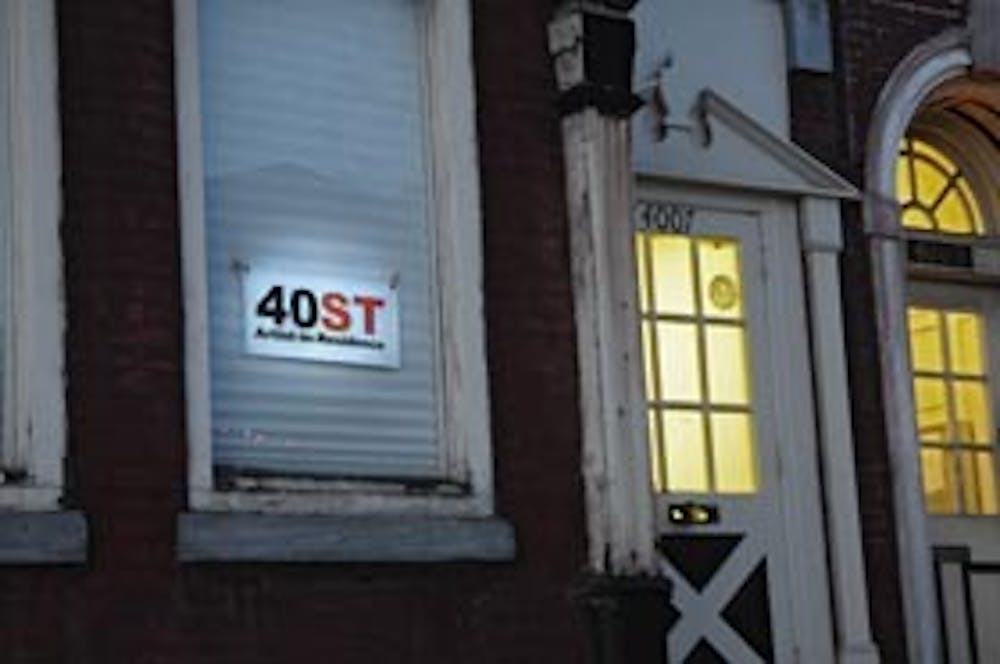
Just a few blocks from campus, two programs link Penn with up-and-coming West Philadelphia artists.
The 40th Street Artist-in-Residence (AIR) and ArtsEdge programs aim to provide emerging West Philadelphia artists an opportunity to devote themselves to their art without distraction.
AIR, which offers local artists free work space, was founded in 2003 by artist Edward Epstein in collaboration with Facilities and Real Estate Services.
ArtsEdge, entering its second year, offers subsidized studio and living space for two artists per year — a writer and a visual artist — sponsored by the Kelly Writers House and the School of Design, respectively.
These programs provide artists a space where they can work independently, when emerging artists would otherwise experience geographic and financial constraints, said Ed Datz, executive director of real estate for the University.
AIR, having served almost 30 artists during its lifetime, has undergone several changes. Originally, the program supported four artists on a six-month residency, but has now added another artist, Epstein said. Residencies now run a full year.
The program has also modified its application system, allowing any artist from West Philadelphia to apply in an effort to make the program more inclusive. In previous years, applicants had to be nominated by previous artists or board members, said AIR manager Gina Renzi.
The program’s artists often hold workshops with local schools or contribute to public works, such as a mural at the Rotunda.
Epstein said some AIR artists have continued to work with the schools that they collaborated with during their residencies.
“Basically, we are interested in making the arts at Penn visible,” as well as making West Philadelphia artists visible to the University, Director of the Kelly Writers House Jessica Lowenthal said.
Previous ArtsEdge resident Greg Romero helped coordinate activities between the Philadelphia Dramatists Center and Penn by organizing shows at the Writers House.
This year, residents are working together to hold a panel about art that incorporates multiple genres to exemplify the “energy and creative impulses” that ArtsEdge supports, Lowenthal added.
The program helps foster a sense of community by enabling artists to live and work on the same block, according to Renzi. Previously, artists were housed together. ArtsEdge now offers separate apartments for its residents.
“Trying to imagine how two strangers live together made sense in the abstract,” Renzi said. Practically, it added a “strange wrinkle” to the project, prompting the need for separate quarters.
Before they were accepted to ArtsEdge, the artists in this cycle were worried about finding affordable housing in Philadelphia, Renzi said.
In addition to providing space for artists, Penn Facilities and Real Estate Services helps carry the operating costs, Datz said.
The Daily Pennsylvanian is an independent, student-run newspaper. Please consider making a donation to support the coverage that shapes the University. Your generosity ensures a future of strong journalism at Penn.
DonatePlease note All comments are eligible for publication in The Daily Pennsylvanian.




